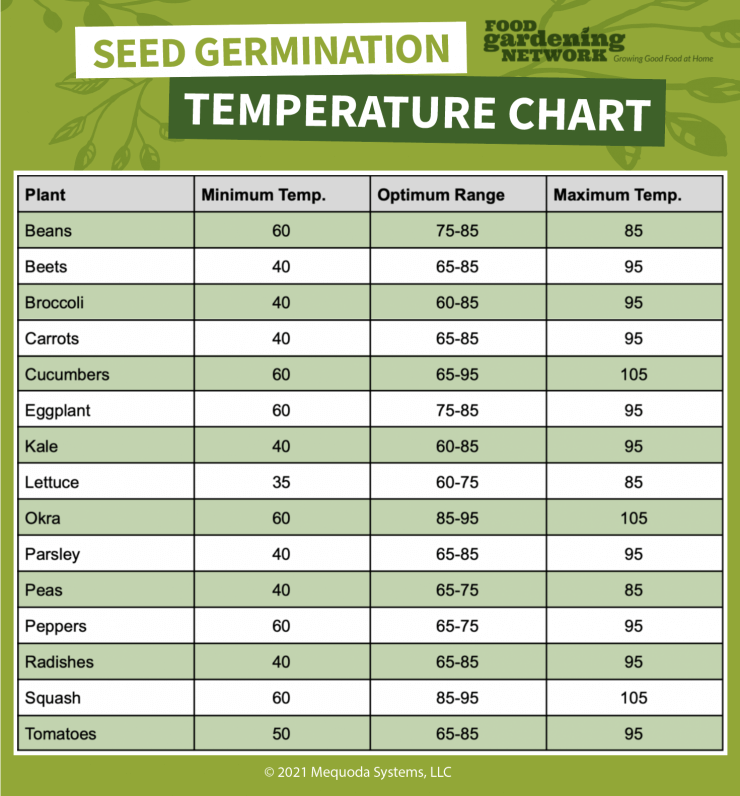

Salinity is a major environmental stress limiting plant growth and productivity of wide range of crops with impairing effects on germination and yield. The 20 mg L-1 of H2O2, salicylic acid and ascorbic acid seem to be suitable concentration for seed priming. Seed priming with either 20 mg L-1 or 40 mg L-1 solution of H2O2, AsA and SA showed maximum seed invigoration and better performance in maize through inducing SOD activity and improving nutrient contents in root and shoot. Seed priming with ascorbic acid, salicylic acid and hydrogen peroxide improved seedling establishment by inducing the antioxidants defense system and nutrient homeostasis. At low temperature, seed priming with hydrogen peroxide, ascorbic acid and salicylic acid improved seedlings’ growth probably through inducing superoxide dismutase (SOD) activities, better chlorophyll contents and enhanced nutrient contents. Primed and non-primed seeds were sown in pots containing sand under net house conditions. Maize seeds were soaked in 20 and 40 mg L-1 aerated solution of ascorbic acid, salicylic acid and hydrogen peroxide for 24 hour and were dried back to its original weight. Seed priming with ascorbic acid, salicylic acid and hydrogen peroxide improves seedling establishment at suboptimal temperature. Furthermore, 0.1 mM concentration in 24 hours led to 61.2% and 66.2% increment in chlorophyll a and total chlorophyll, respectively.Įarly sowing of maize crop can contribute to increase maize yield but poor stand establishment at low temperature is main hindrance in its productivity. The interaction effect on the antioxidants activity indicated seed priming with 1 mM concentration in 24 hours, leading to 84% and 62.6% increment in the catalase and peroxidase activities, respectively, compared with the control. The highest germination speed was in 1 mM and 48-hour treatment, which had 40% increase than the control. Further, the germination percentage increased by 24.1% and 22.3% in the treatment of 1 mM, and 48 hours, respectively, compared with the control. In addition, the interaction between concentration and time priming was significant on mean time of germination, seedling length vigor index, chlorophyll content, and the activity of antioxidant enzymes. Results indicated that the concentration and time of priming were significant on all the studied traits. Treatments were included salicylic acid in five levels 0, 0.01, 0.1, 0.5 and 1 mM, as well as five levels times such as 0, 6, 12, 24, and 48 hours. The present factorial experiment was conducted based on completely randomized design (CRD) with three replications in order to determine the optimum time and concentration Catharanthus roseus seed priming with salicylic acid. Overall results depicted that C-H 36 hrs and C-H-C 24 hrs were more effective than other treatments to impart salinity tolerance and can be used as a safe tool for direct seeding of cabbage crop under normal and saline conditions.Ībabaf et al.: (Author1-Author2:) Catharanthus responses to pre-treatment by salcylic acid-3989-APPLIED ECOLOGY AND ENVIRONMENTAL RESEARCH X(y): pp-pp. These seed treatments (H-C 24 hrs, C-H 36 hrs, C-H-C 24 hrs and C-H-C 48 hrs) improved vigour index at all salinity levels except at 200 mM NaCl concentration.

Interestingly, mean germination time and time taken for 50% germination was less for C-H 36 hrs and C-H-C 24 hrs treated seeds at all salinity levels. The impact of these better performing treatments was evaluated on germination and vigour of GA seeds under saline conditions. However, such response was not observed in GA that already had high seed vigour. These treatments decreased the germination spread over time in cabbage variety GB. Different thermal hardening treatments, especially H-C 24 hrs, C-H 36 hrs, C-H-C 24 hrs and C-H-C 48 hrs, increased final germination percentage (FGP), power of germination and seedling vigour. Therefore, seeds of cabbage varieties Golden Acre (GA) and Green Ball (GB), varying in their germination (%) and vigour, were exposed to different temperature (-20 and 40o C) and duration (24, 36 and 48 hrs) regimes and the effect of these treatments on seed vigour was evaluated. Alternate cycles of dry heat and chilling (thermal hardening) is one of these seed treatments, used in cereals to invigorate the seeds, but reports about such treatments in vegetable crops are scarce. A number of seed treatments had been used to enhance the performance of seeds in several crops.

A healthy crop is desirable in direct seeded vegetables to ensure good quality of the produce and is affected by a number of environmental and cultural factors.


 0 kommentar(er)
0 kommentar(er)
